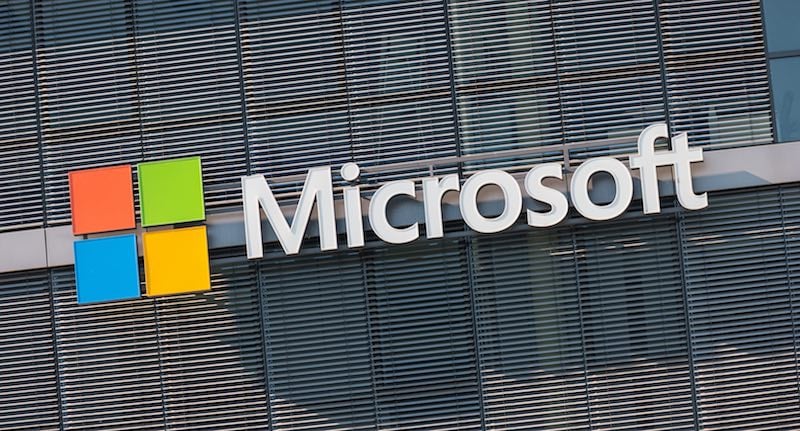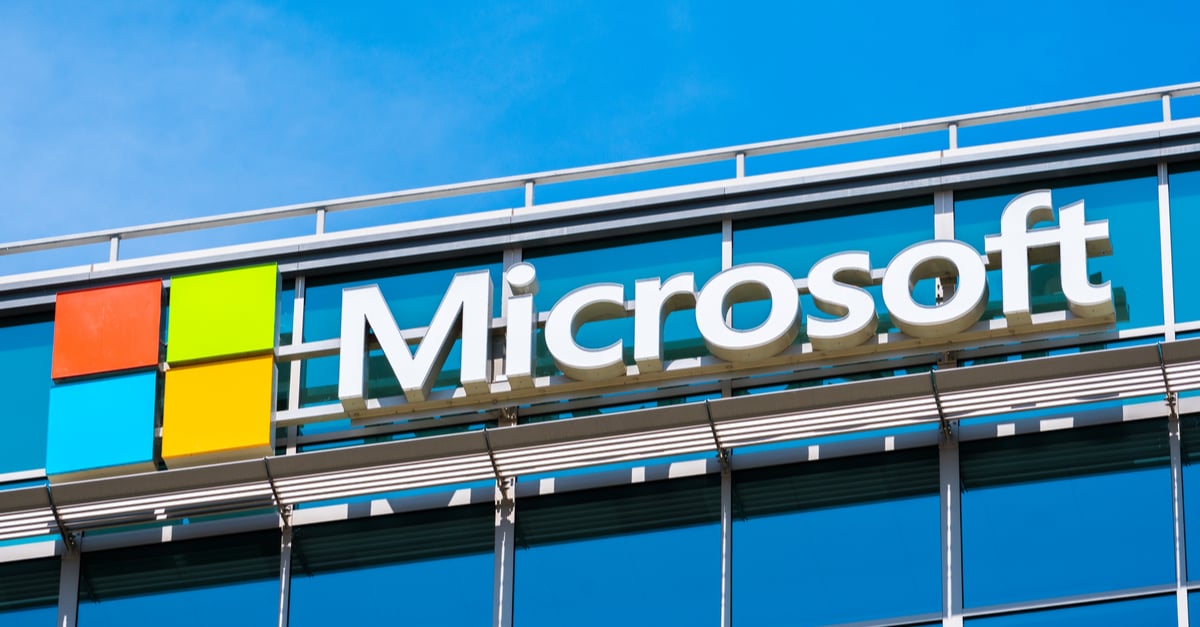Security News

Microsoft will soon offer different installation experiences when setting up Windows 10 based on how you plan on using the computer. As people use Windows 10 in different ways, Microsoft is testing a new setup screen that asks you to indicate how you plan to use the computer to customize the options and tools offered during setup.

Microsoft is making it easier for IT admins to configure baseline security settings for Windows 10 business users. The company has introduced a new, 'streamlined' setup experience that allows admins to apply security settings on an organization-wide scale via the Microsoft 365 Admin Center.

Microsoft this week announced that the Transport Layer Security 1.3 protocol is now enabled by default in Windows 10 Insider Preview builds, and that it will be rolled out to all Windows 10 systems. With TLS 1.0 and TLS 1.1 considered insecure, exposing communications to a variety of attacks, including BEAST, CRIME and POODLE, tech companies such as Cloudflare, Google, Microsoft, Mozilla, and others have long been pushing for the retirement of older protocols and the broad adoption of TLS 1.3.

You can do that with the Windows 10 May 2020 Update, aka Windows 10 2004. First, make sure you're running Windows 10 version 2004.

You can easily add a fingerprint reader to your computer if one isn't already built in. If you have a laptop without a built-in reader, or you want to add fingerprint recognition to your desktop PC, you can enlist the aid of a third-party reader.

Additional updates to the KACE solution line include Windows 10 enrollment and new Cloud Settings for KACE Cloud MDM, as well as KACE Service Desk - a standalone, strategic ticketing product. Traditional management is still available leveraging the KACE Systems Management Appliance and modern management is available from KACE Cloud Mobile Device Management.

Microsoft has released fixes for two remote code execution vulnerabilities in the Microsoft Windows Codecs Library on Windows 10 machines. Both flaws - CVE-2020-1425 and CVE-2020-1457 - arose because of the way the Microsoft Windows Codecs Library handled objects in memory.

Microsoft has quietly pushed out two emergency security updates to fix remote code execution bugs in Microsoft Windows Codecs Library. The out-of-band updates, addressing a critical-severity flaw and important-severity vulnerability, were sent out via Windows Update Tuesday night and affect several versions of Windows 10 and Windows Server 2019.

Windows 10 updates released as part of last week's Patch Tuesday appear to be making life hard for some printer users. Windows cannot print due to a problem with the current printer setup.

Windows 10 users woke up to borked printers following the monthly Microsoft bugfix party, Patch Tuesday. The timing is unfortunate since many Windows 10 users are now working from home and relying on directly connected printers for remote working.